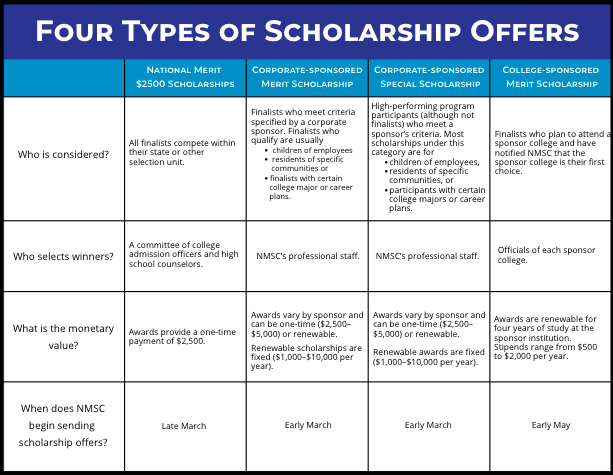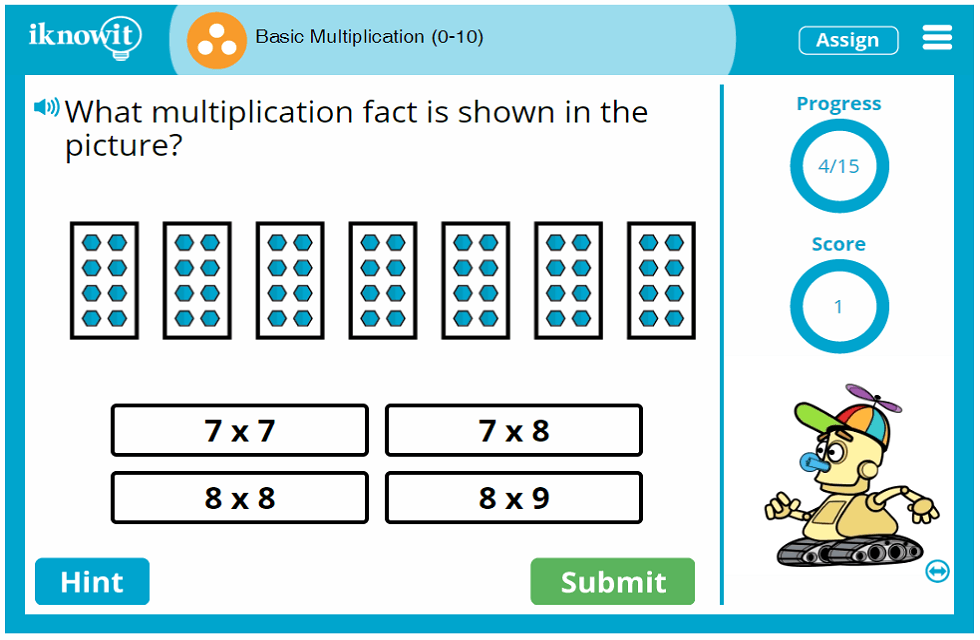
Math Slither has you controlling a snake. You must eat any food you see as you move. This will make your snake bigger and stronger. As you grow larger, you can attack other snakes to earn points and bonus bonuses. To advance to next level, players need to know how to properly use all controls.
Snake games
These are not your usual snake games. These educational snake games use your mouse to control your snake's head as you try to reach the next level, while avoiding collisions. For some games, you will need to solve an algebra in order to continue. To finish the level, you have to figure the correct answer. You lose your whole life if you fail.
Snake by Coolmath Games can be described as one of these games. The game is played by clicking the mouse or touching the screen. You must collect the golden circles while avoiding the blocks with higher numbers.

Common Core-aligned math games
Common Core-aligned Math Games can increase students' understanding of mathematics concepts and strengthen their skills. The games are simple to use and are appropriate for all grade levels. Teachers can use them as motivational or classroom activities to help students learn mathematics. They are also available for free.
There are many Common Core aligned math games available. There are many games on the market that teach math concepts and practice regularly. Prodigy Math Game allows students to solve math problems daily by using activities from the Common Core Math Curriculum. Students can also get exotic pets, solve challenges and have access to teacher tools for assigning homework and setting homework.
You can make a slithering machine by using the electrical grid
One of the best ways to make math fun is to create a math slither game. This game will have you playing as a snake eating numbers. You must avoid collisions to reach the top. The game follows the traditional rules of snake games.
You will need to ensure that each loop has at least two lines connecting. Two adjacent 1s cannot be on the same side of the grid. For example, if you have two 1s on opposite sides of the grid, you'll need to draw an X on each of them. If there are two 1s adjacent to one another, you will also need to X-out a line.

Controlling the snake's head with your mouse
The mouse and keyboard can be used to control the head of the serpent so it moves in any direction you desire. This is possible through the use of the arrow keys. The arrow keys can be used to move the head of the snake in any direction. You can also use the keys to move it in different directions. If the frame rate drops, the game state will not sync properly. This can lead to the snake moving in the PLAYING or collapse phase. You can use the game's time functions to fix this issue.
FAQ
What is an Alternative School?
An alternative school is designed to give students with learning problems access to education, by supporting them with qualified teachers who understand their unique needs.
Alternative schools are designed to give children with special education needs the chance to learn in a normal classroom setting.
Additionally, they receive extra support when necessary.
Alternative schools aren't just for those who were excluded from mainstream school.
They are accessible to all children, regardless if they have disabilities or abilities.
Should I choose to specialize in a single subject or branch out into other areas?
Many students prefer to be a specialist in one subject (e.g. English, History or Math) rather than pursuing multiple subjects. However, it's not always necessary to specialize. For example, if you're considering becoming a physician, you could choose to specialize in either internal medicine or surgery. You can also choose to be a general practitioner, specializing either in pediatrics or family practice, psychiatry, gerontology, or neurology. If you are considering a career in the business world, you might focus on marketing, sales, finance, operations research, marketing management, and human resources. The choice is yours.
Who can homeschool?
Anyone can homeschool. There are no required qualifications.
It is possible for parents to teach their children after they have finished high school. In fact, many families choose to teach their older children while they attend college.
Parents can teach their children even if they have not received formal education.
After satisfying certain requirements, parents can become certified teachers. These requirements differ from one state.
Some states require that all homeschooled students pass a test before they graduate. Others do not.
Homeschooling parents need to register their family with local schools.
This involves filling out paperwork, and submitting it back to the school board.
After registration, parents can enroll their children at public or private schools.
A few states allow homeschooling without the need to register their children with government agencies.
If you live in one these states, your responsibility is to ensure that your children are compliant with the state's compulsory attendance laws.
What is the difference between school and college?
Schools are organized by grades or classes. Each teacher teaches a particular class. Colleges are larger organizations that offer more specialized programs and often include university-level courses. Schools usually focus on basic subjects while colleges may offer a variety of subjects including arts, science, languages, business, etc. Both levels of education are designed to prepare students for higher-level study.
Statistics
- And, within ten years of graduation, 44.1 percent of 1993 humanities graduates had written to public officials, compared to 30.1 percent of STEM majors. (bostonreview.net)
- They are also 25% more likely to graduate from high school and have higher math and reading scores, with fewer behavioral problems,” according to research at the University of Tennessee. (habitatbroward.org)
- Think of the rhetorical power of nineteenth-century abolitionist Harriet Beecher Stowe, Martin Luther King, Jr., or Occupy Wall Street activists with their rallying cry of “we are the 99 percent.” (bostonreview.net)
- Among STEM majors, that number is 83.5 percent. (bostonreview.net)
- Globally, in 2008, around 89% of children aged six to twelve were enrolled in primary education, and this proportion was rising. (en.wikipedia.org)
External Links
How To
Why homeschool?
There are many things to take into consideration when making the decision to homeschool your child or send him to school.
-
What kind of education do your children need? Do you want academic excellence or social skill development?
-
How involved do you want to be in your child's education? Do you prefer to keep informed about the activities of your child? Would you rather keep your child informed?
-
Do you have any special needs for your child? Do your children have special needs?
-
Is it possible to manage your child’s schedule? Are you able to commit to teaching your child at-home every day?
-
What types of subjects will you cover? Math, science, language arts, art, music, history, geography, etc. ?
-
How much money do your parents have available for education?
-
Is your child able to go to school?
-
Where are you going to put your child? This means finding enough space to accommodate a classroom, and providing sufficient facilities such as bathrooms.
-
What is your child’s age?
-
When does your child go to bed?
-
When does he/she finally wake up?
-
What is the time it takes to get from point A and point B?
-
How far is your child's school from home?
-
How far are you from your child’s school?
-
How will you transport your child between school and home?
-
What are some of these benefits?
-
What are the disadvantages?
-
Who will supervise your child when he/she is outside?
-
What are your expectations of your child?
-
What type of discipline do you want?
-
Which curriculum will you use for your studies?
There are many reasons why people decide to homeschool their children. Some of them are:
-
Your child has learning disabilities that prevent him/her from attending traditional schools.
-
You are interested in providing an alternative type of education for the child.
-
You require more flexibility in your scheduling.
-
Avoid high tuition fees
-
Your child receives a better education than what he/she would get in a traditional school setting.
-
You believe you are better at teaching your child than a teacher in traditional schools.
-
You don’t like the way that schools work.
-
The school system's rules and regulations make you feel uncomfortable.
-
You want your child with a strong work ethic.
-
You want the freedom to choose which courses your child takes.
-
You want individualized attention for your child.
There are other benefits to homeschooling:
-
There is no need to worry about uniforms, books, pencils, paper, or supplies.
-
You can customize your child's education according to his/her interests.
-
Homeschooling allows parents to spend quality time with their kids.
-
Homeschooled students are more likely to learn faster than their peers, as they aren't distracted by other people.
-
Homeschoolers are more likely to score higher on standardized testing.
-
Homeschool families tend be happier overall.
-
Homeschoolers are less likely to drop out.